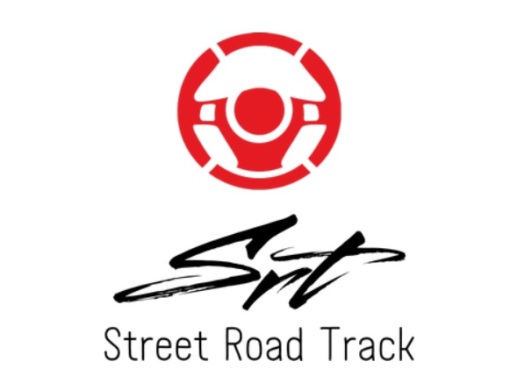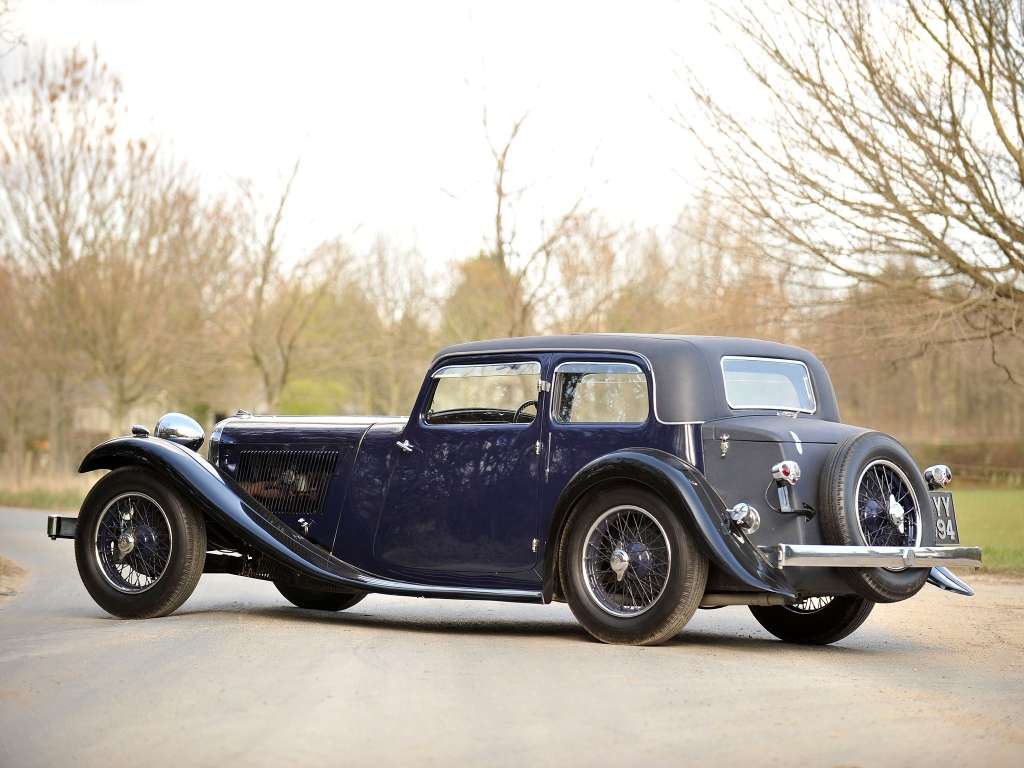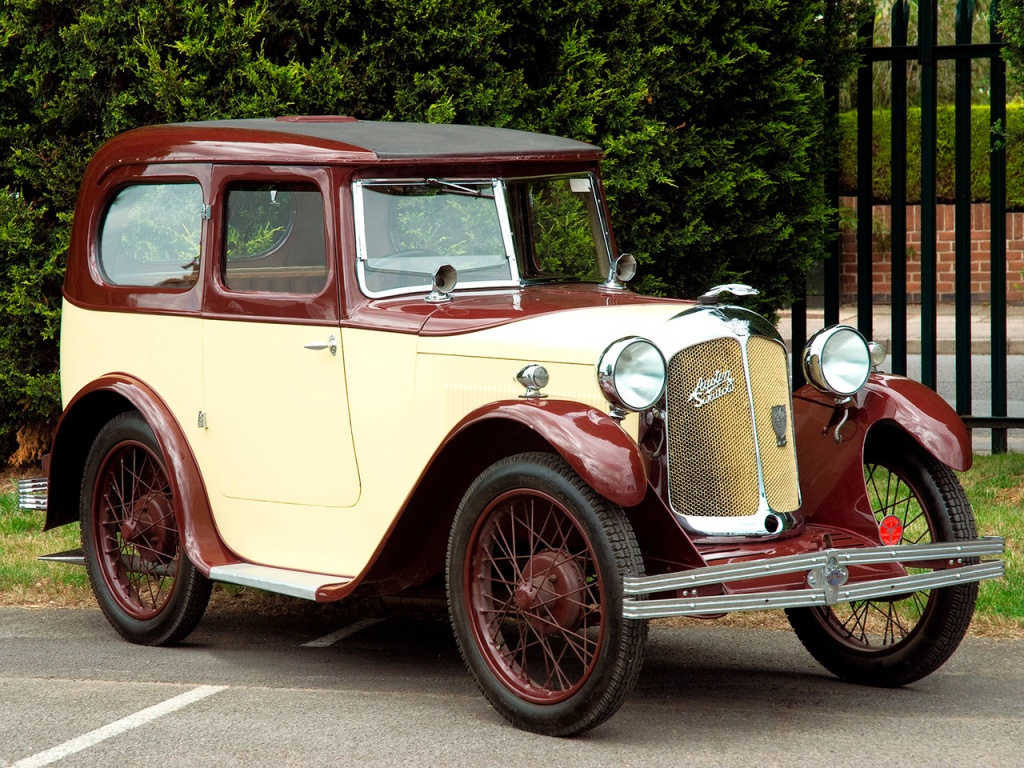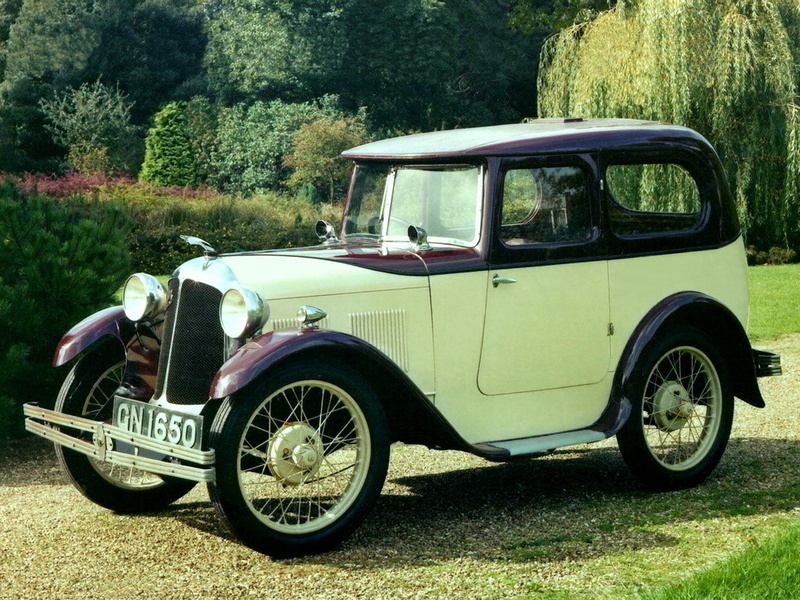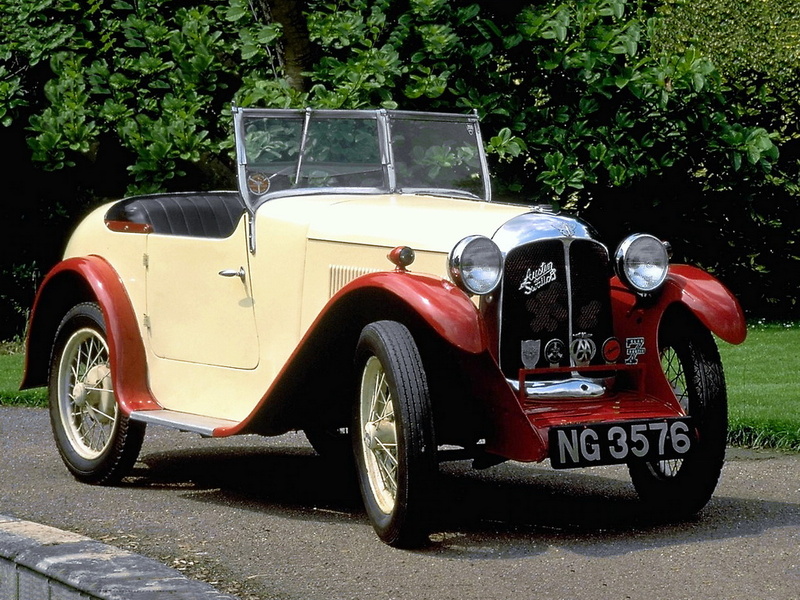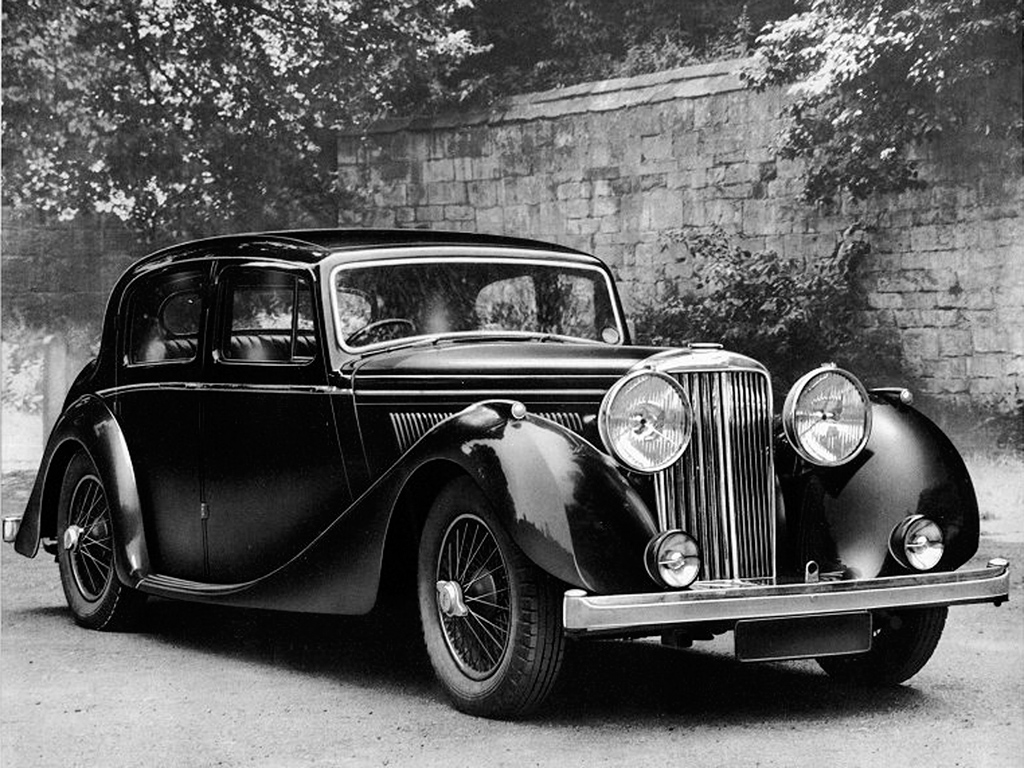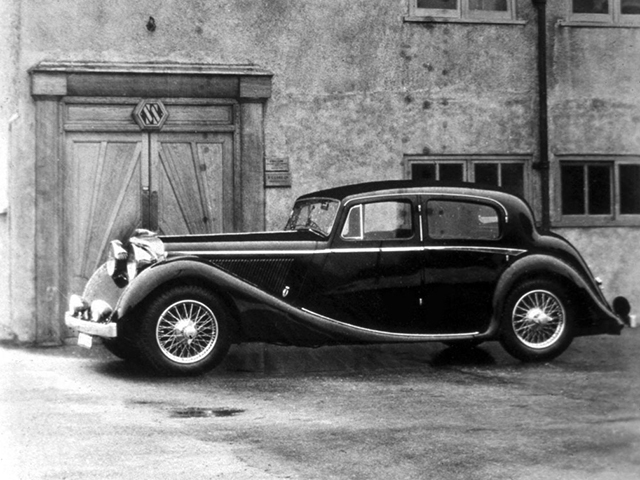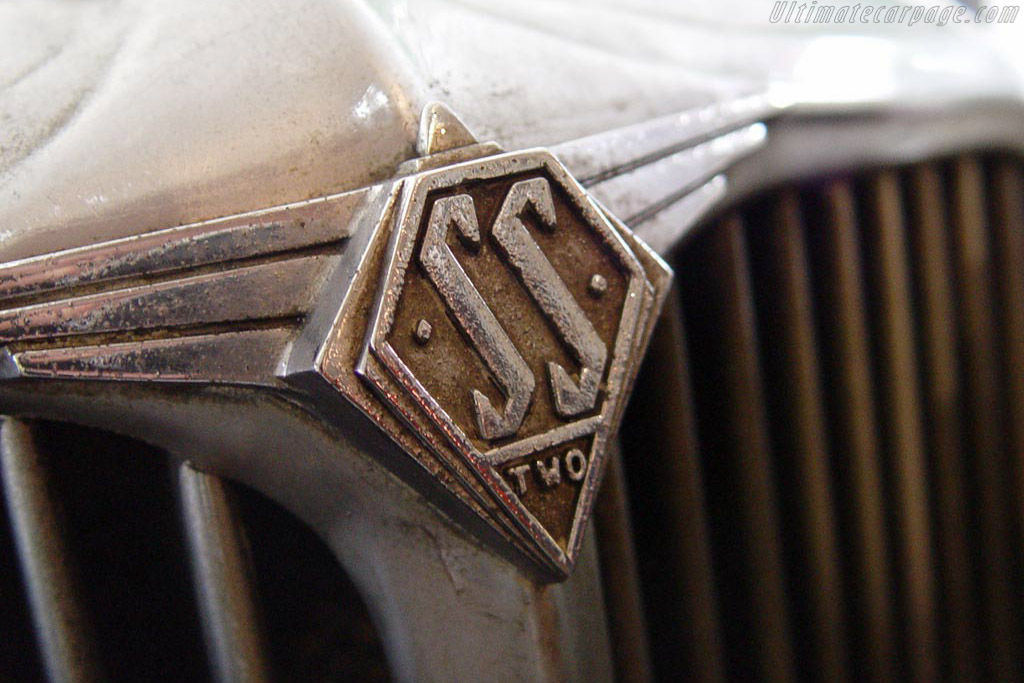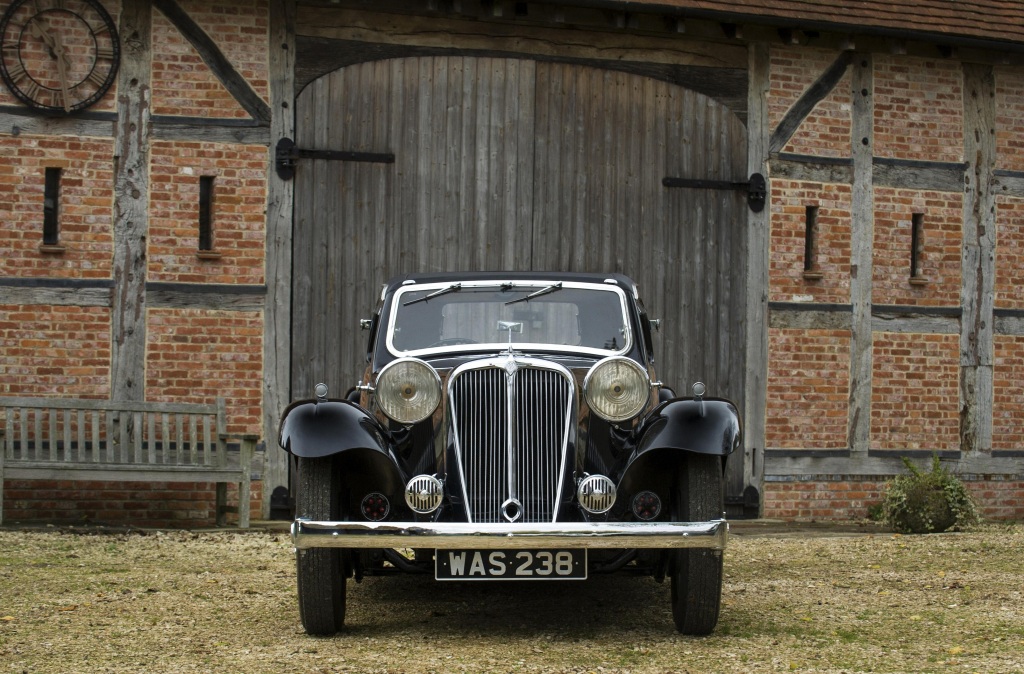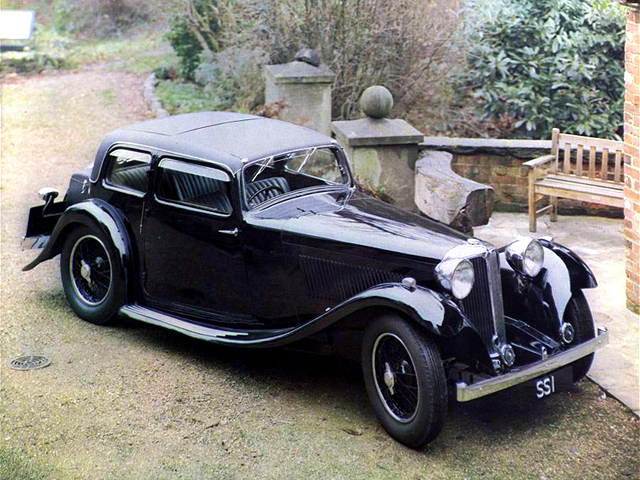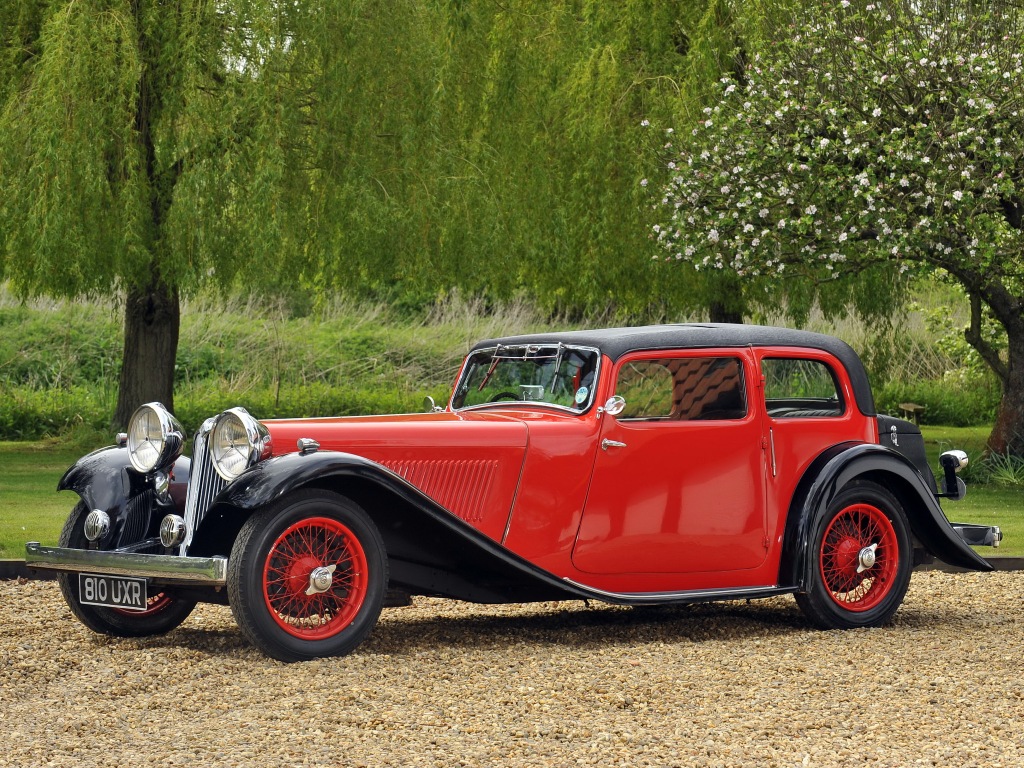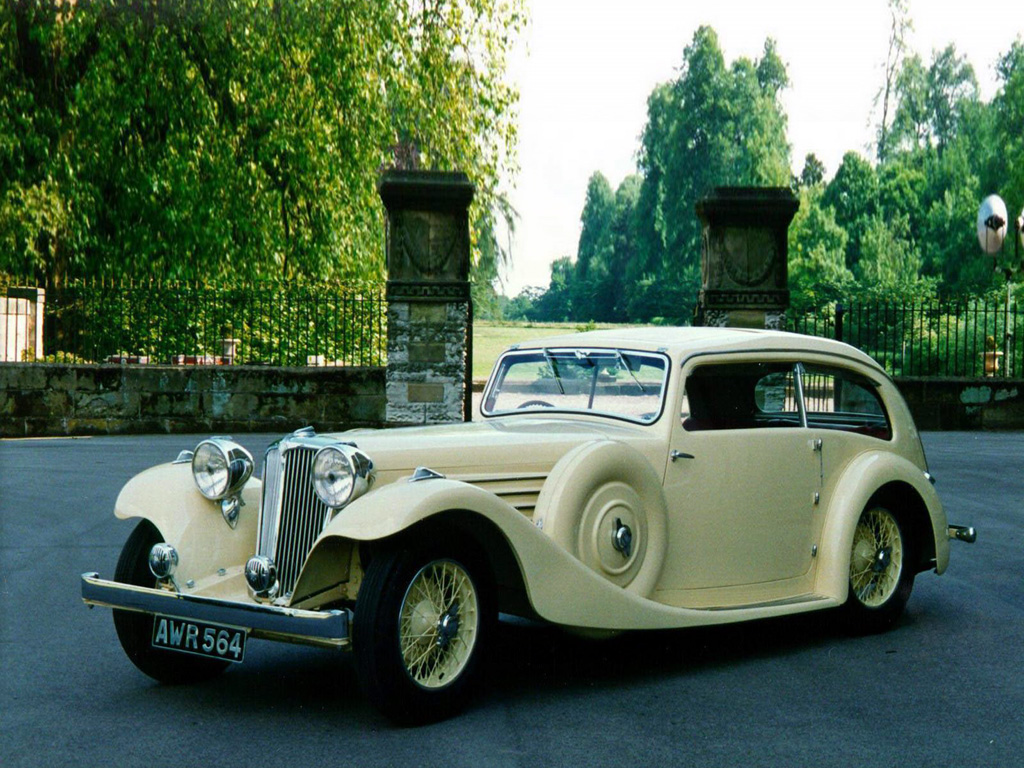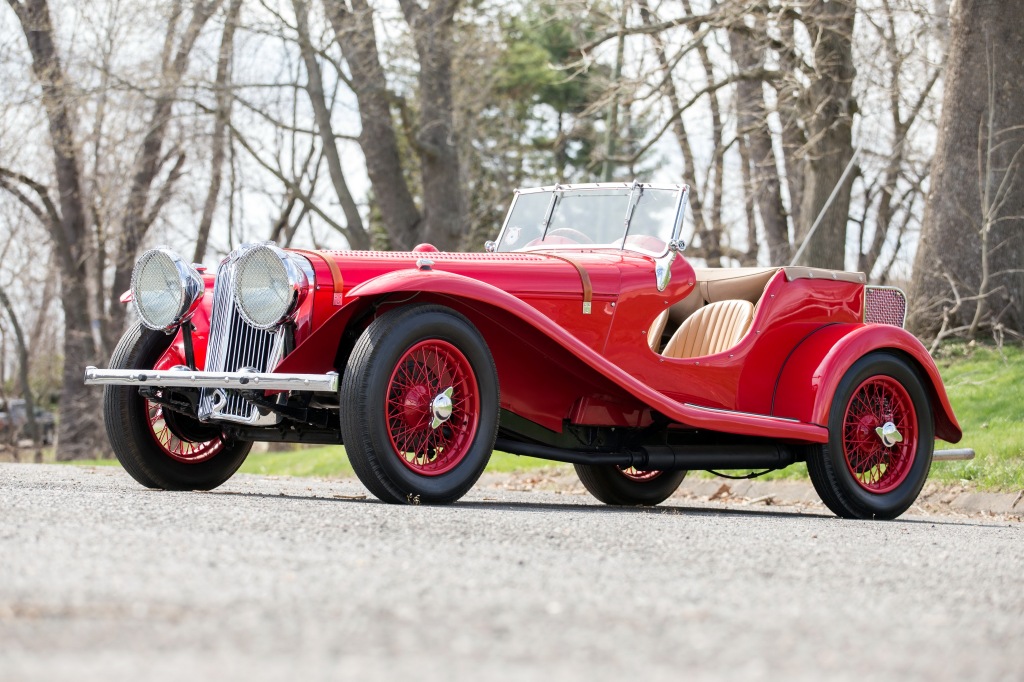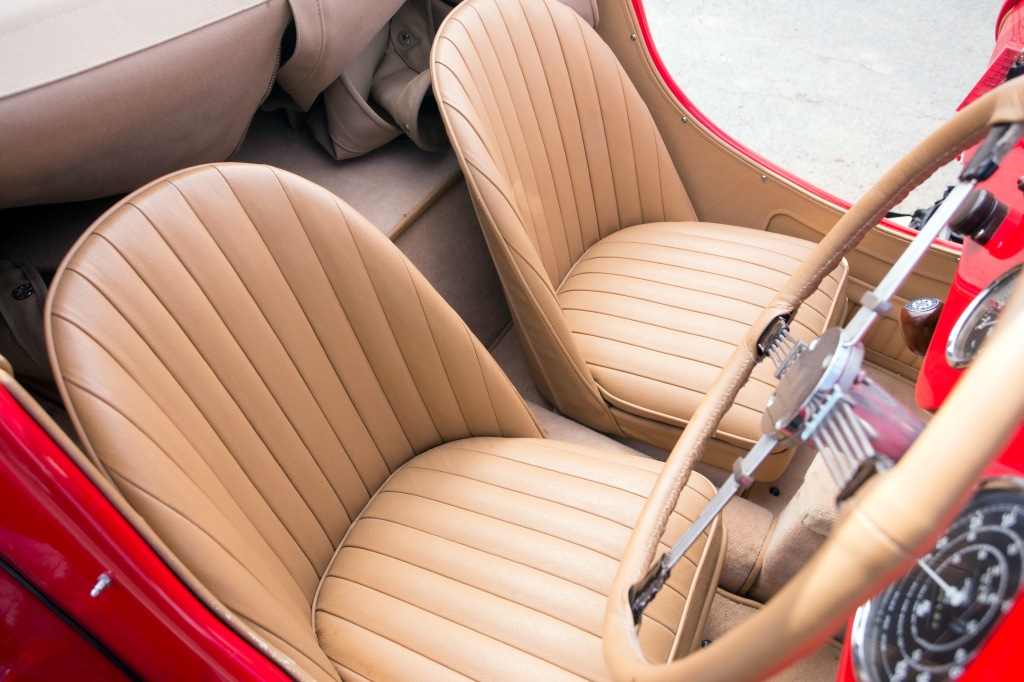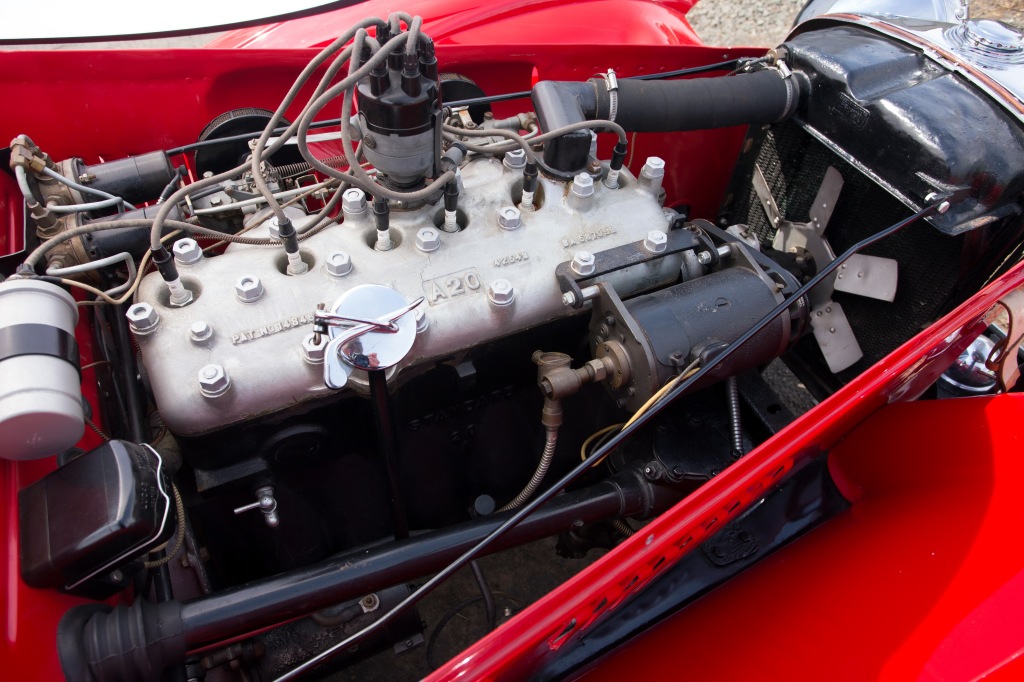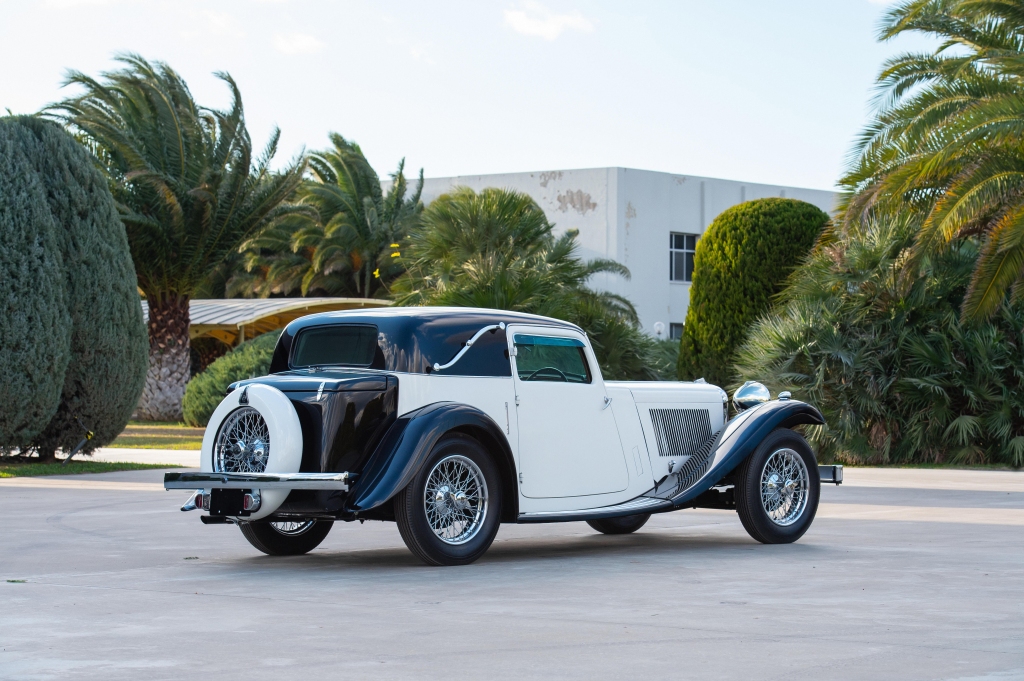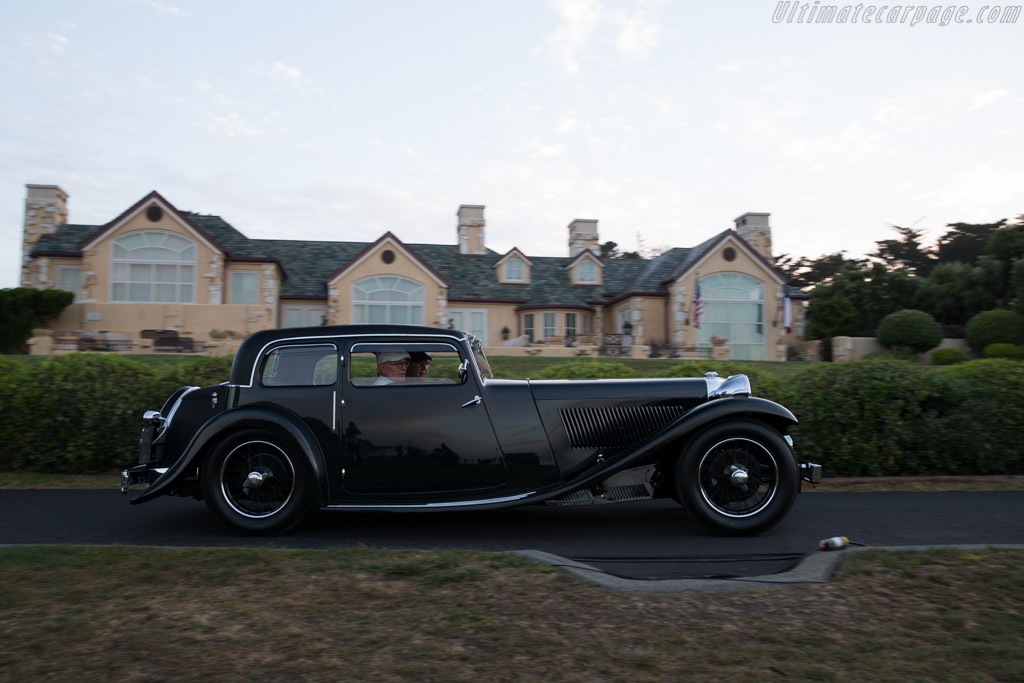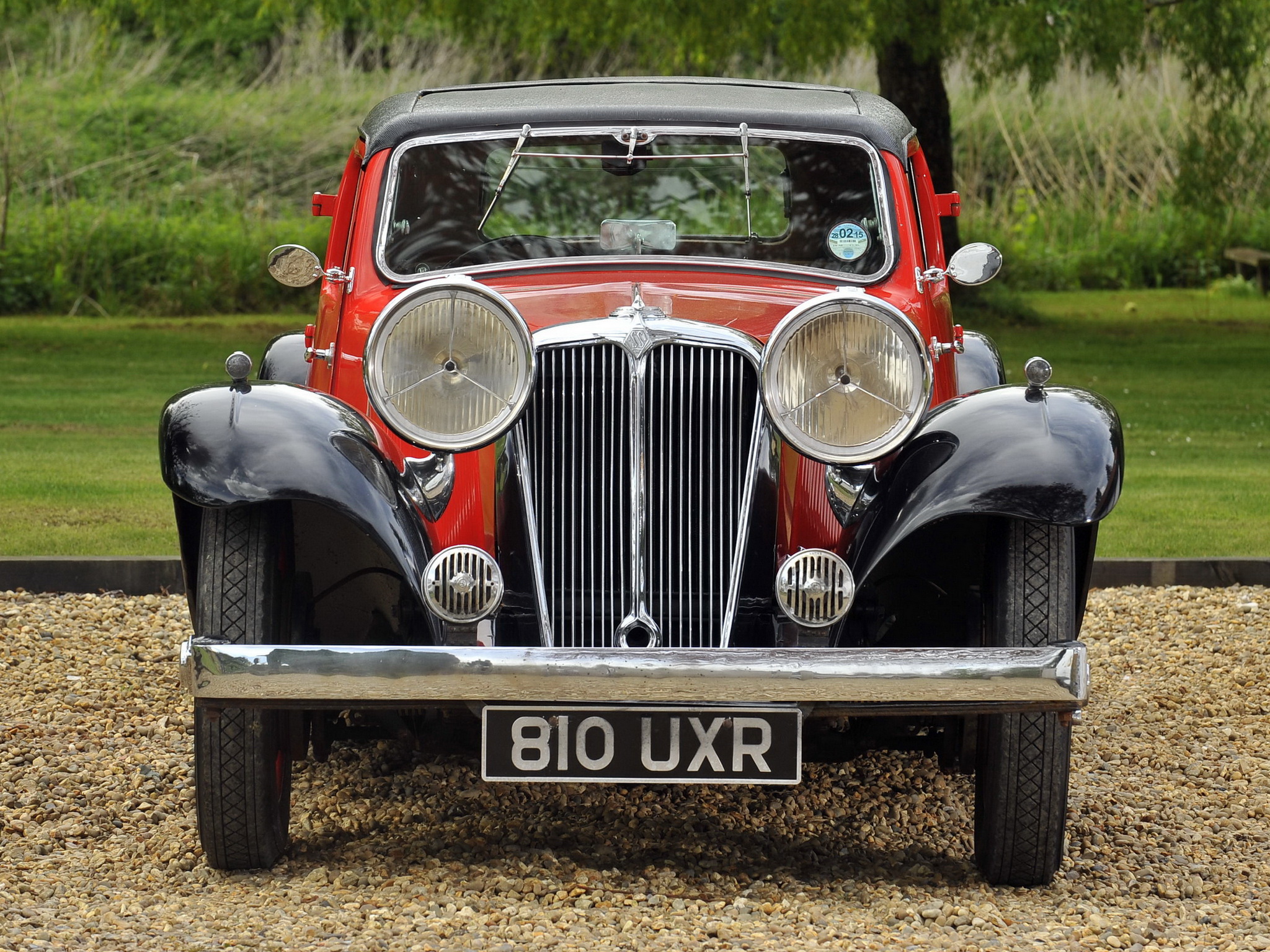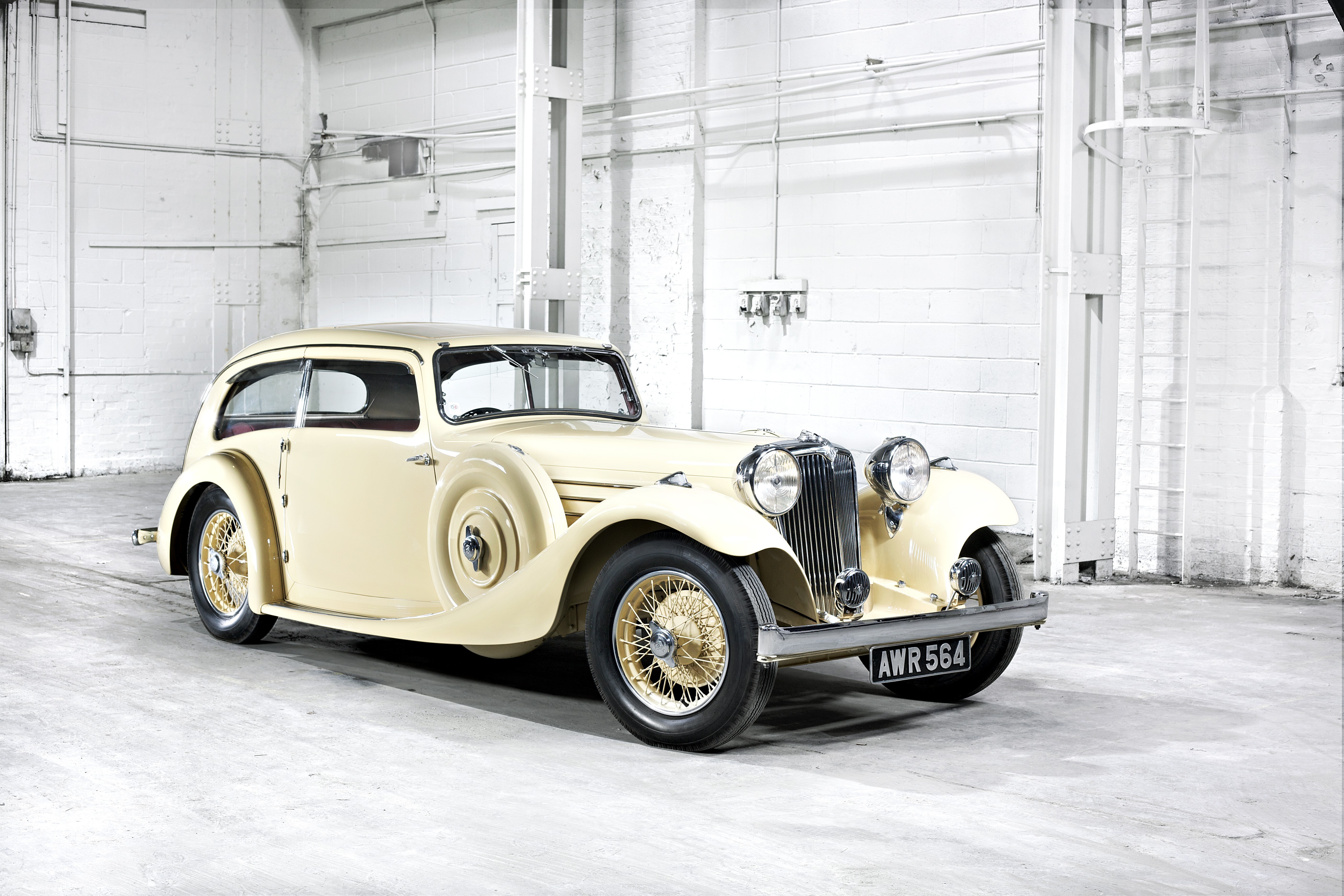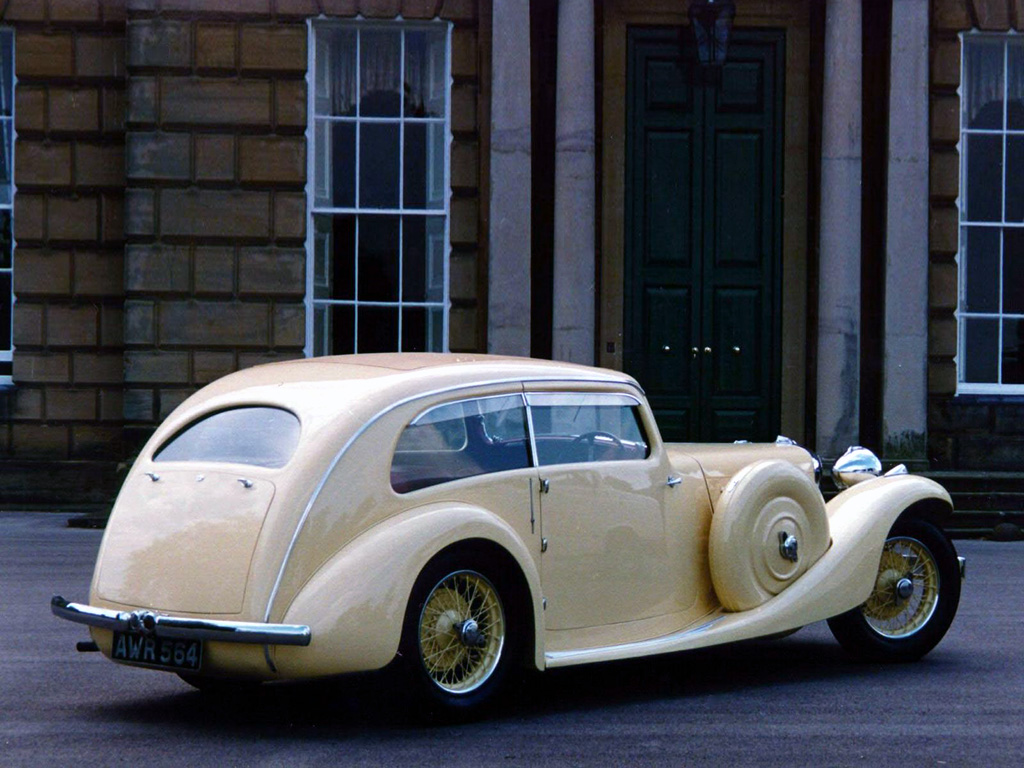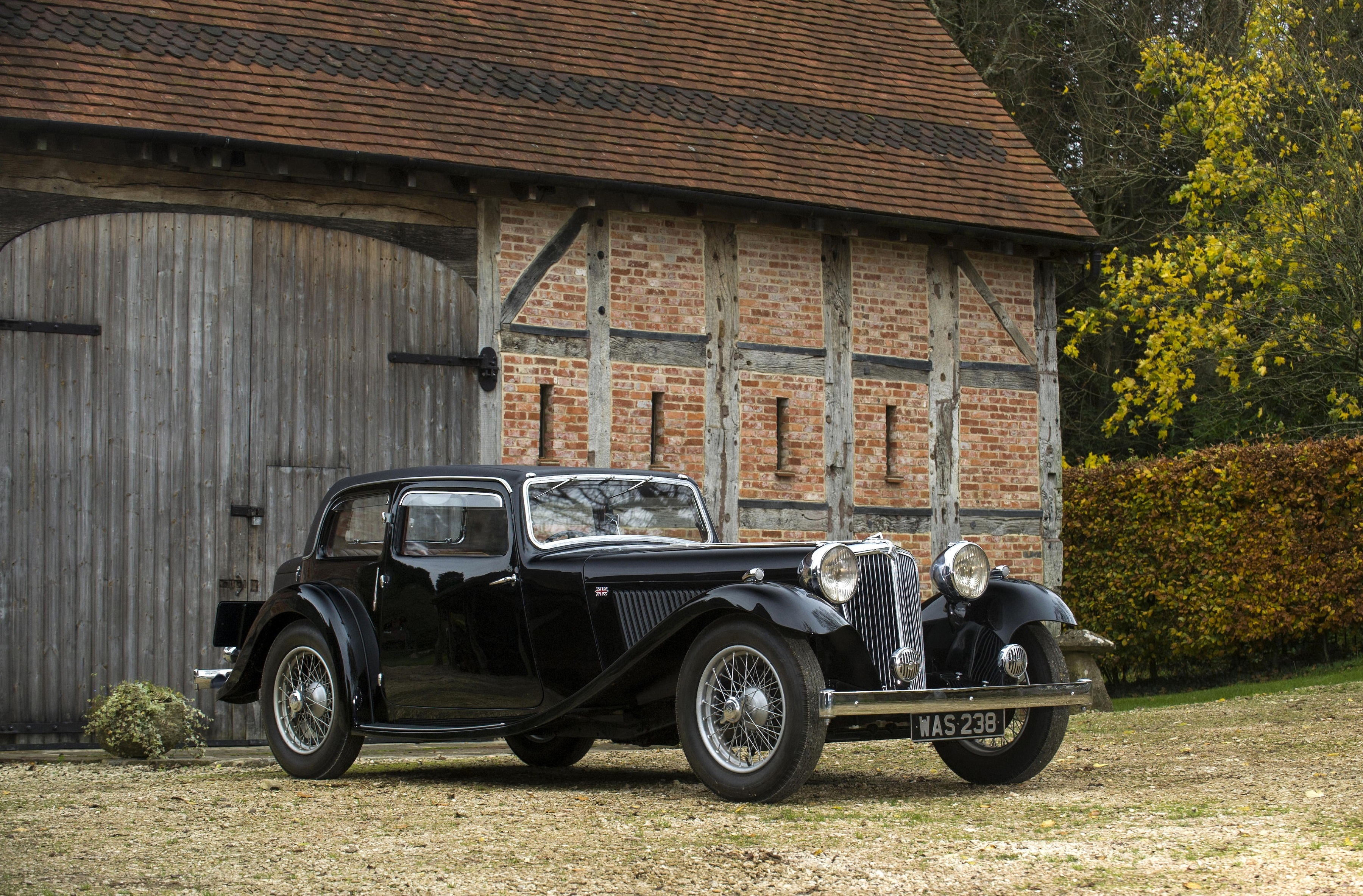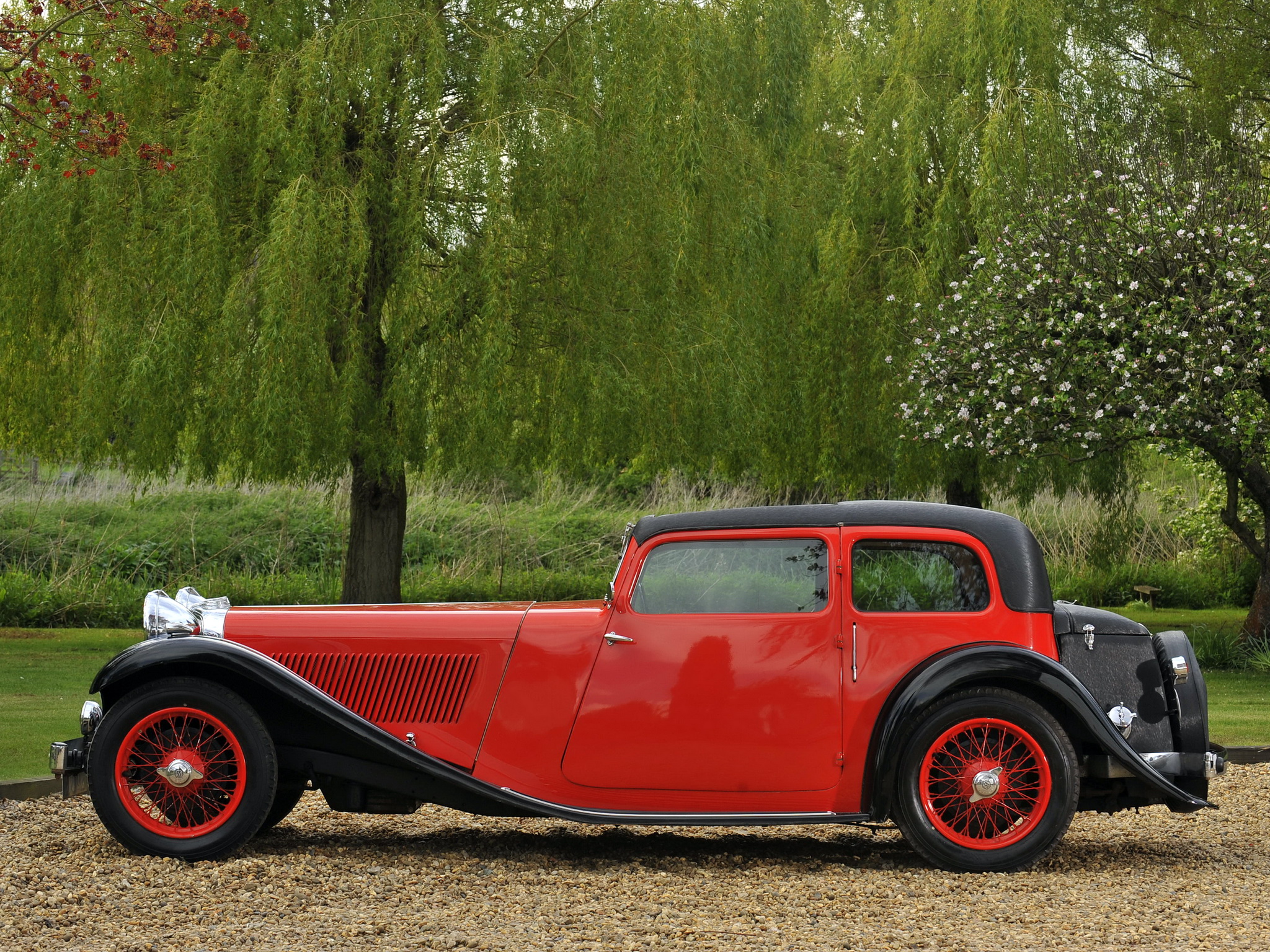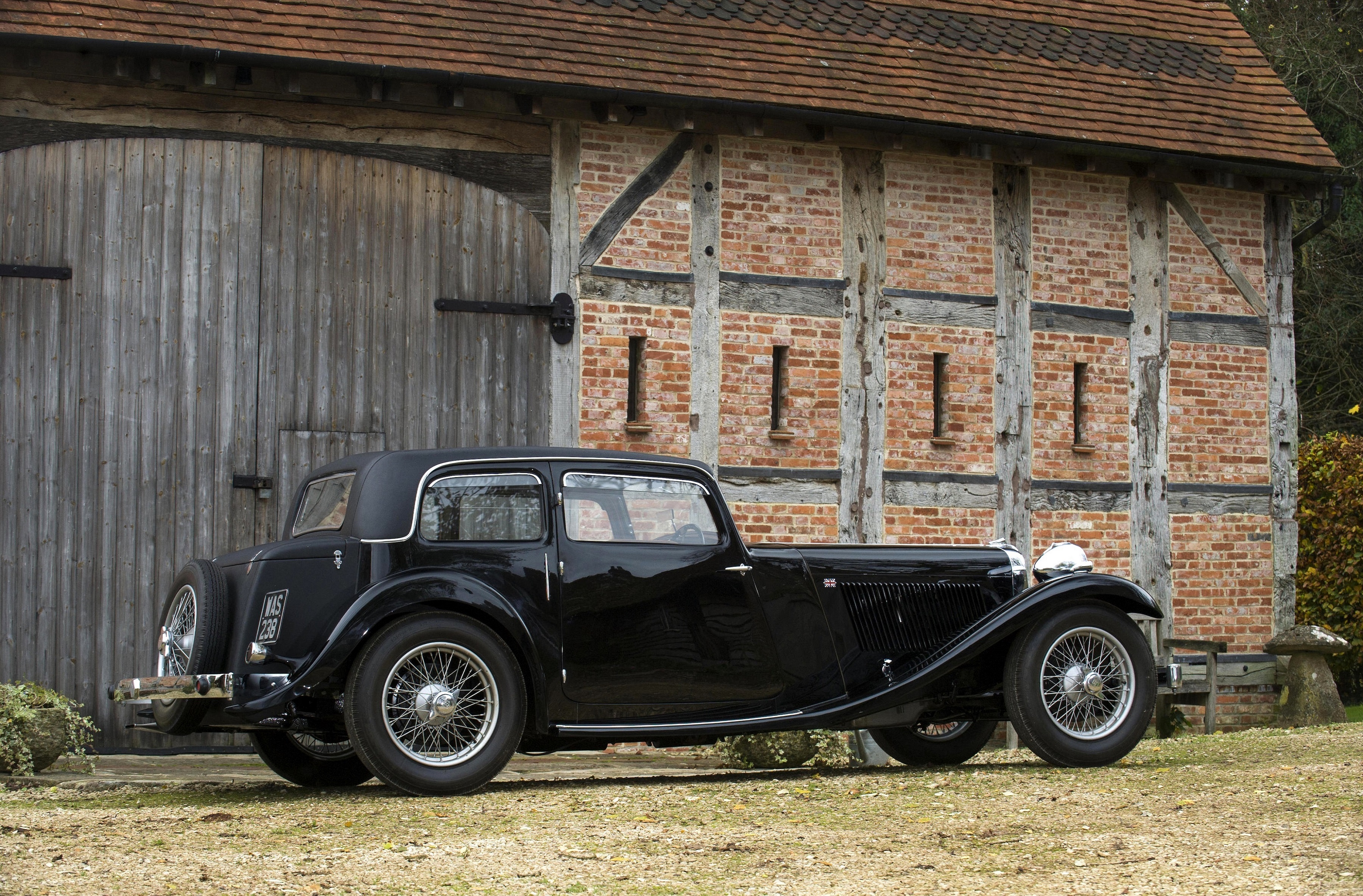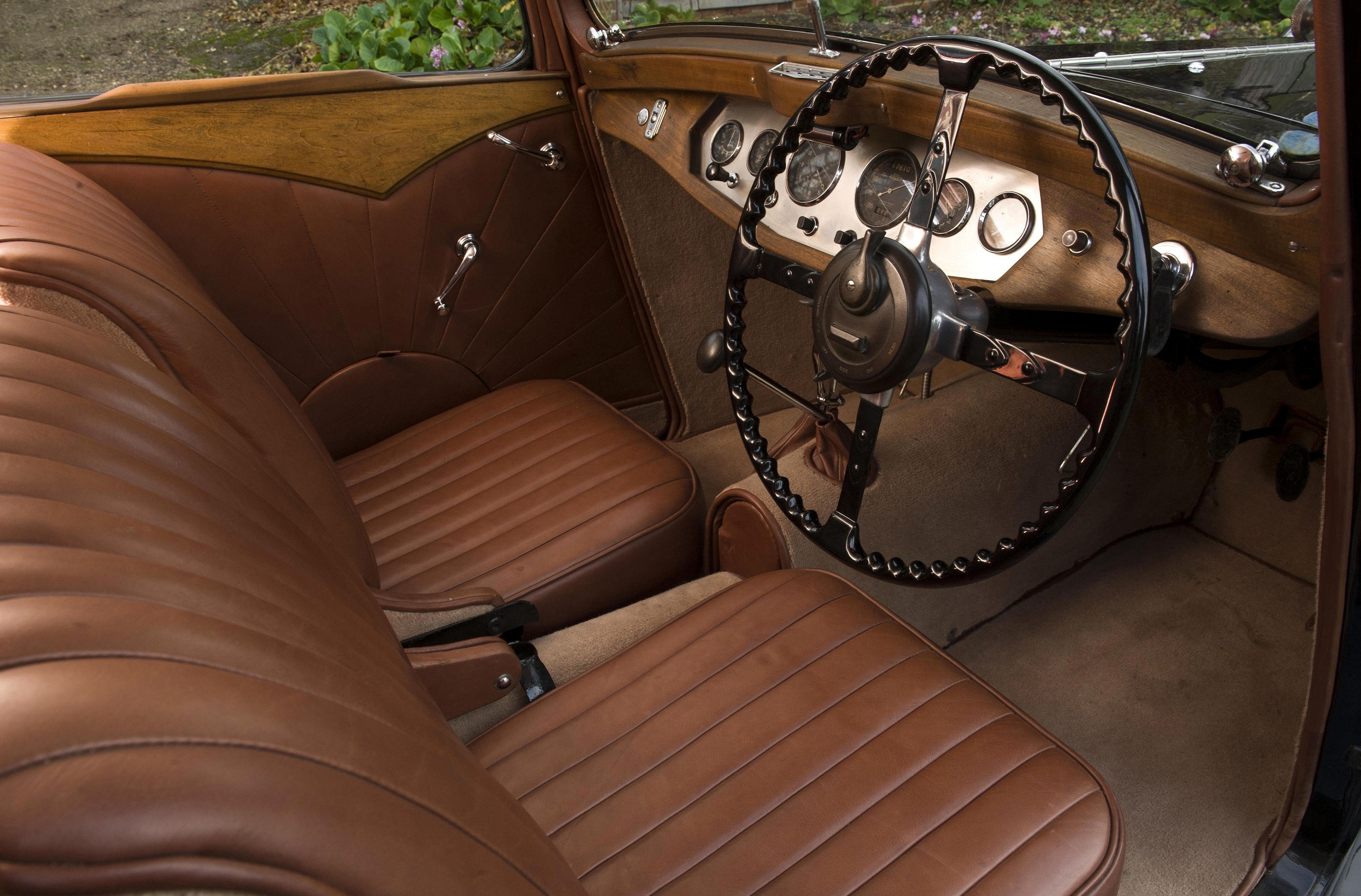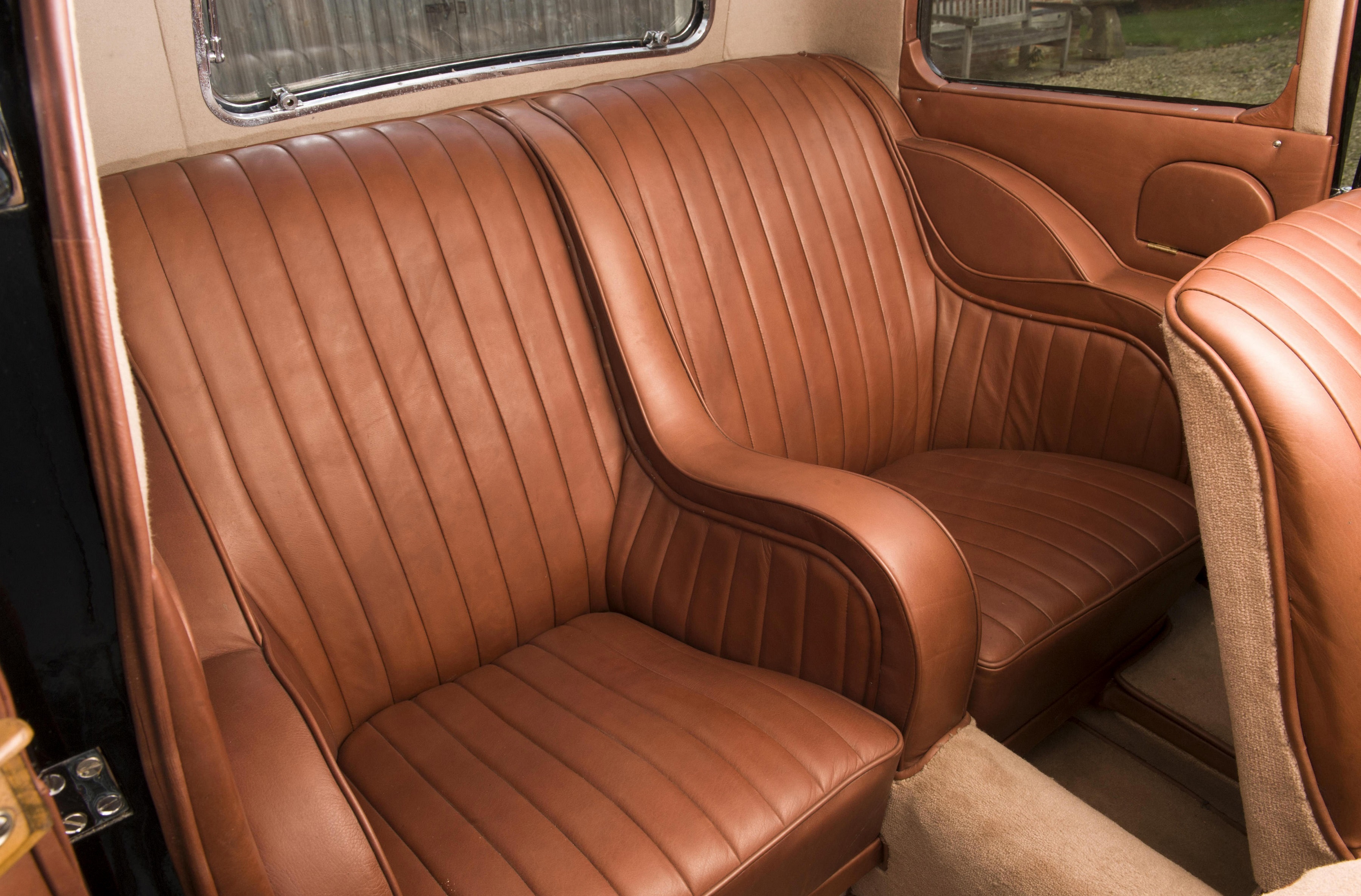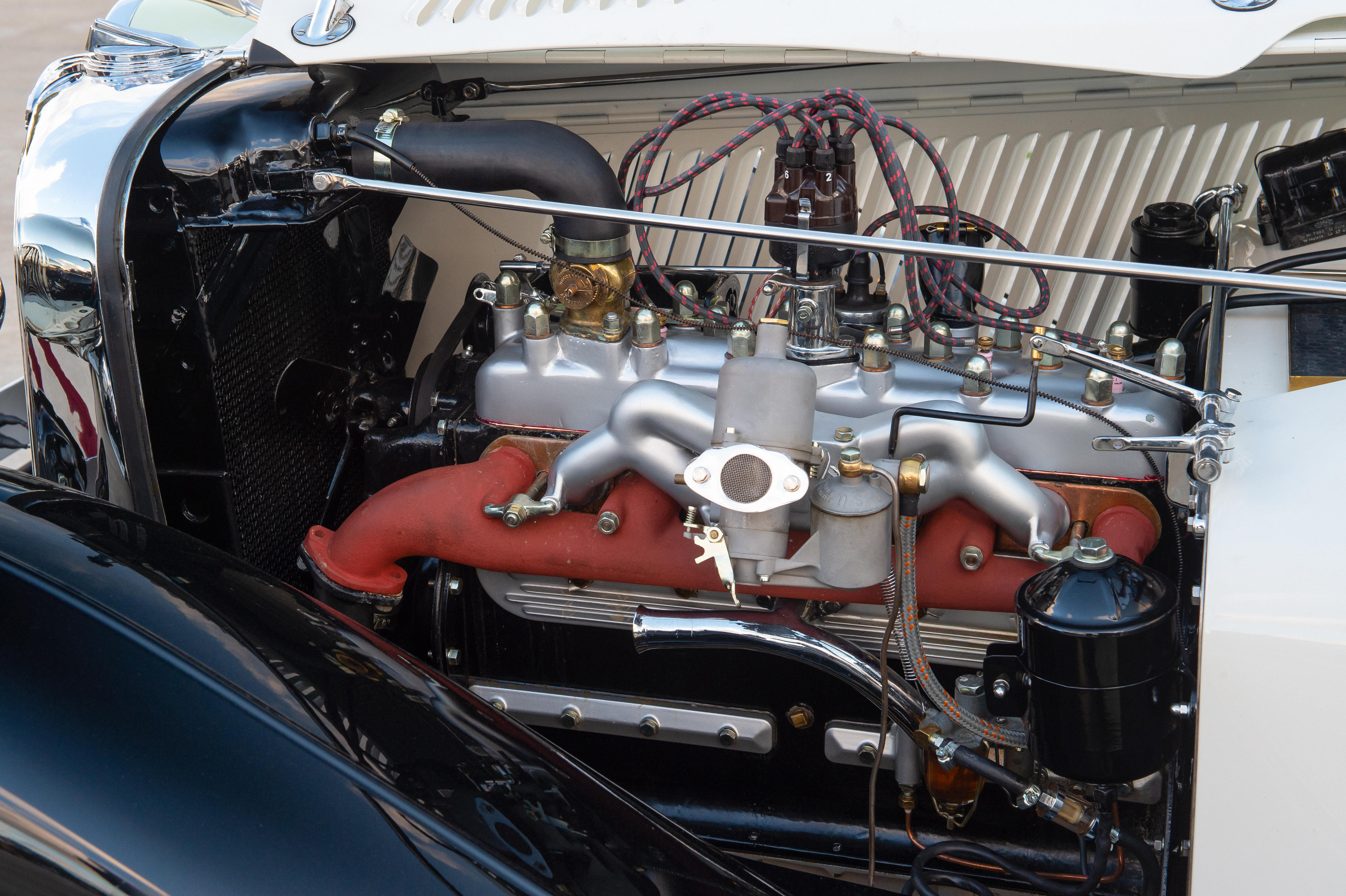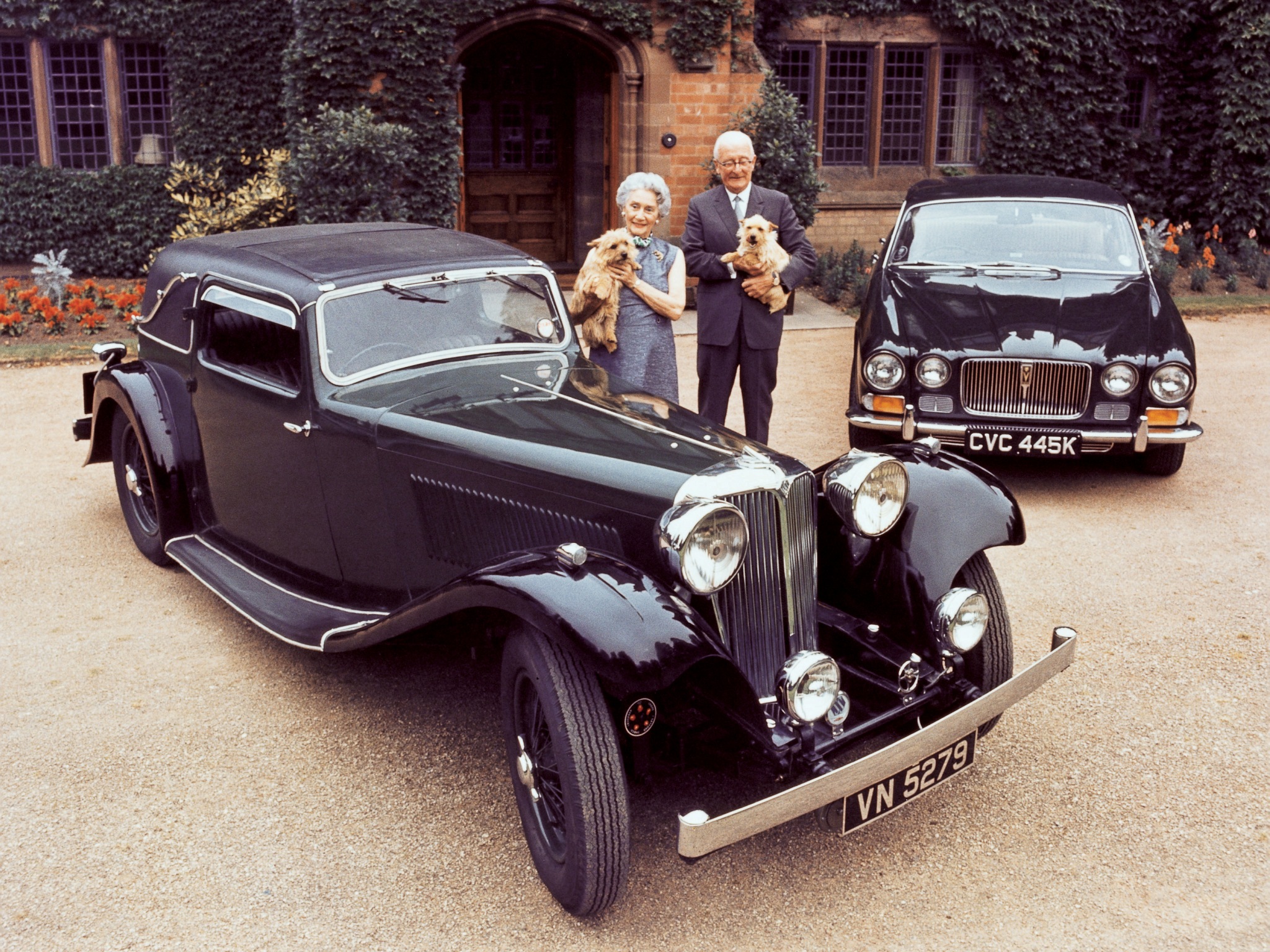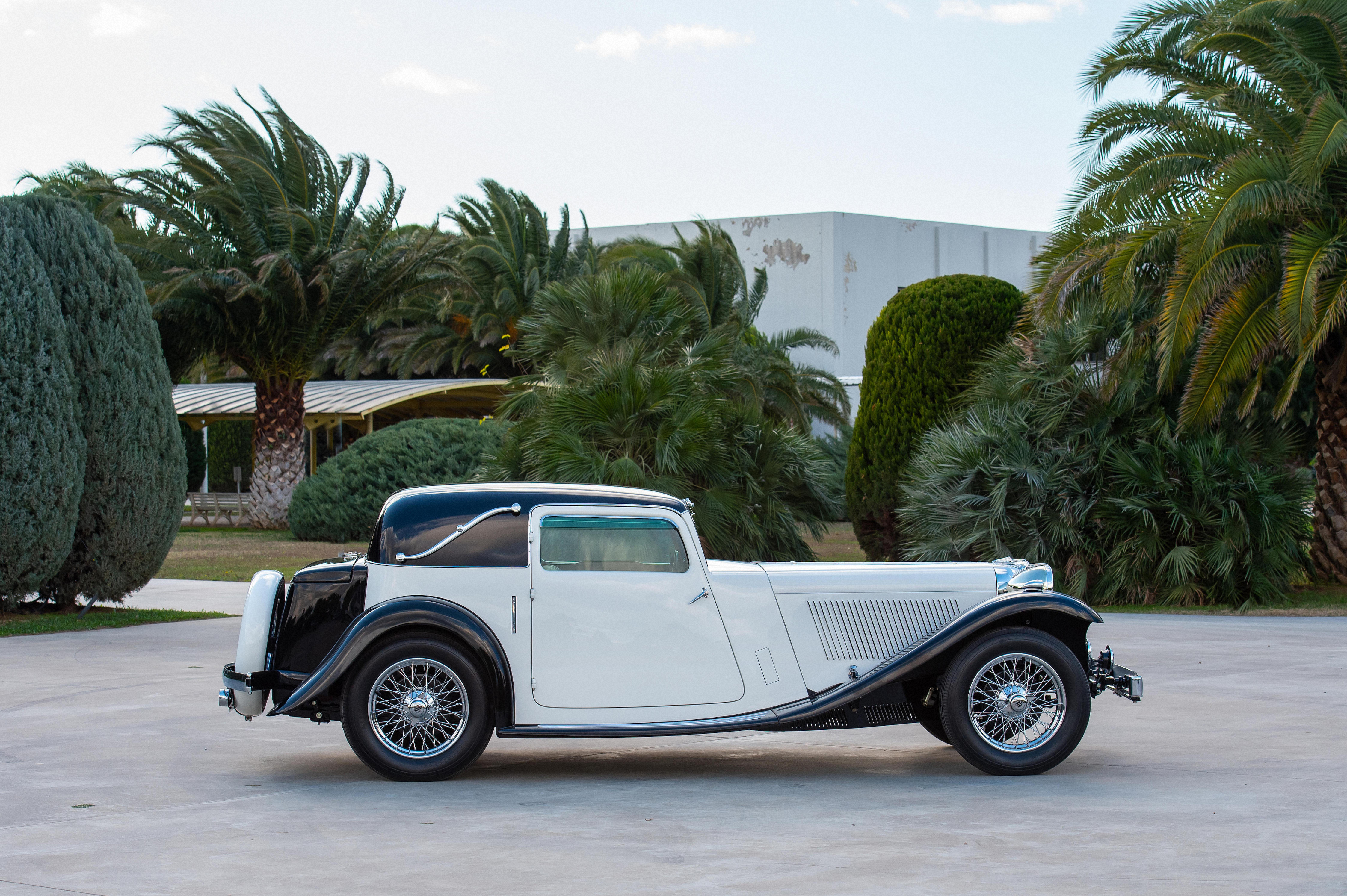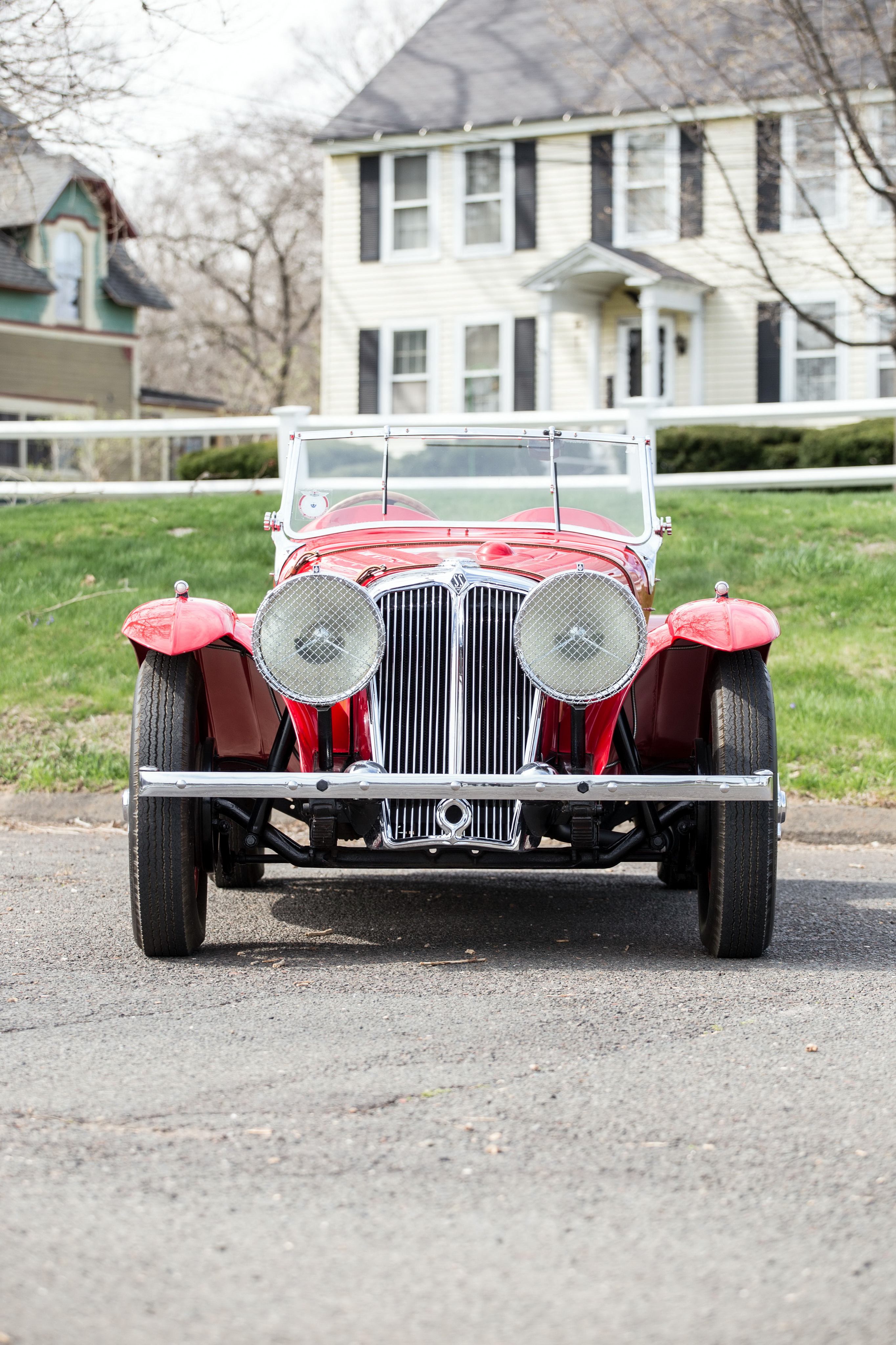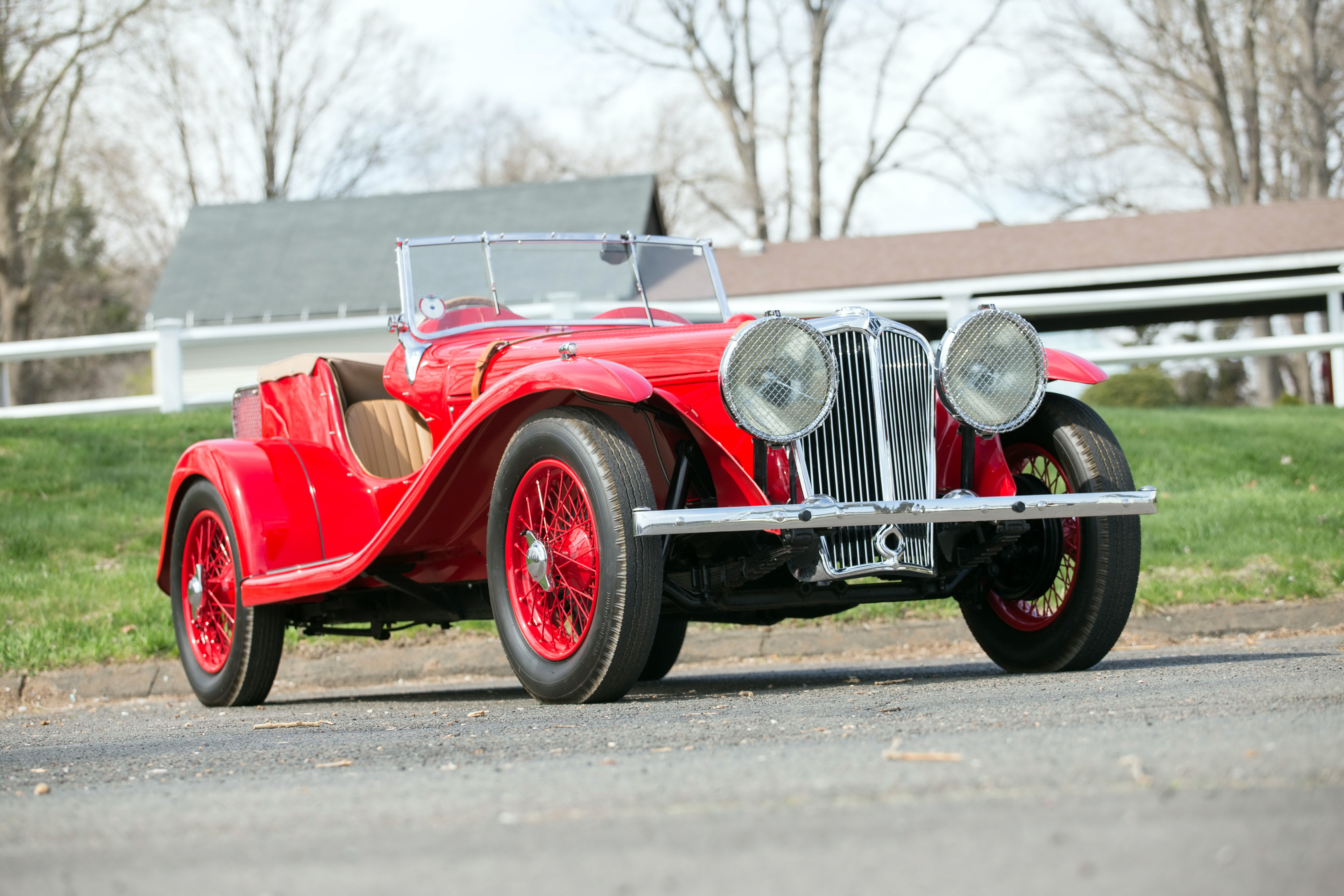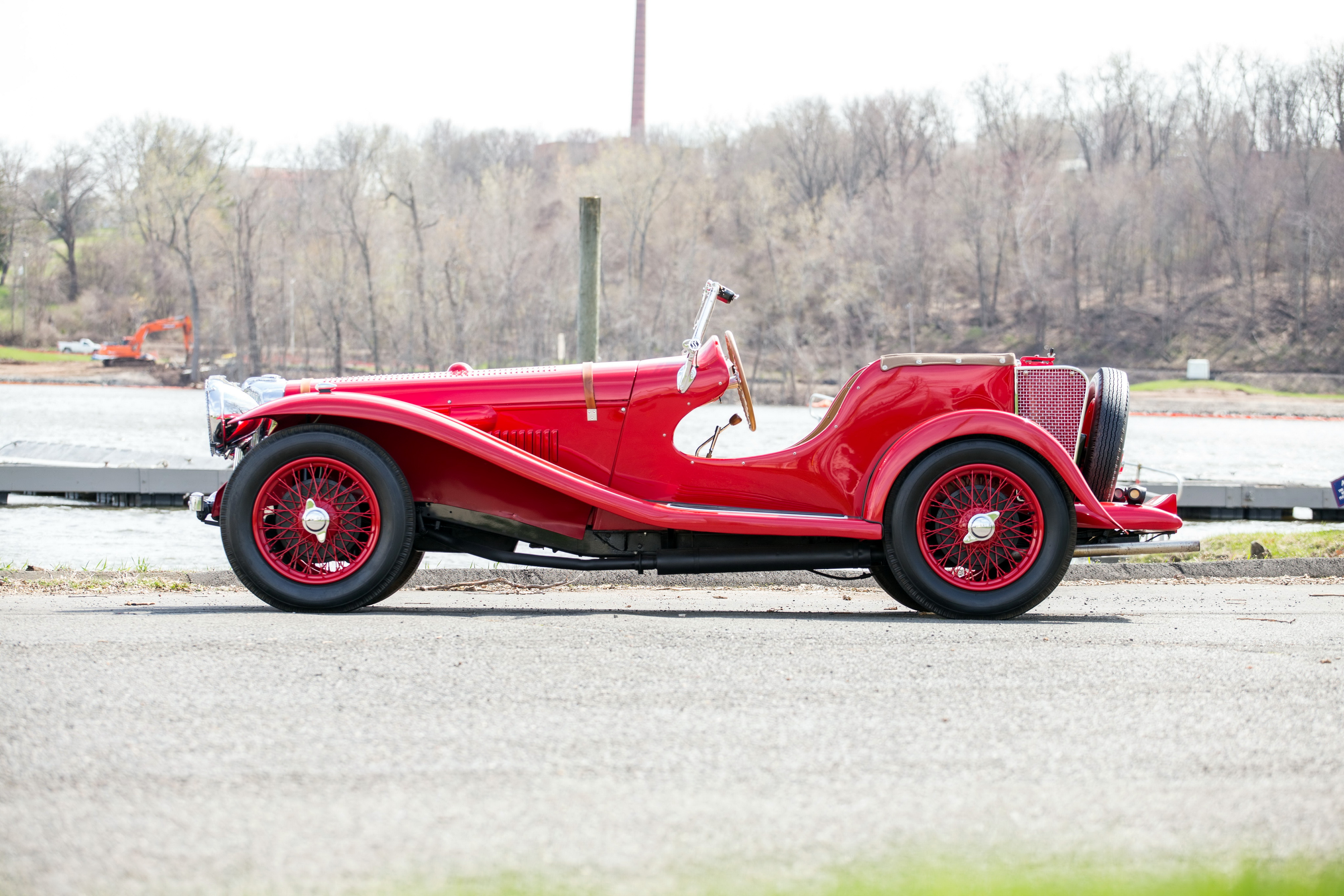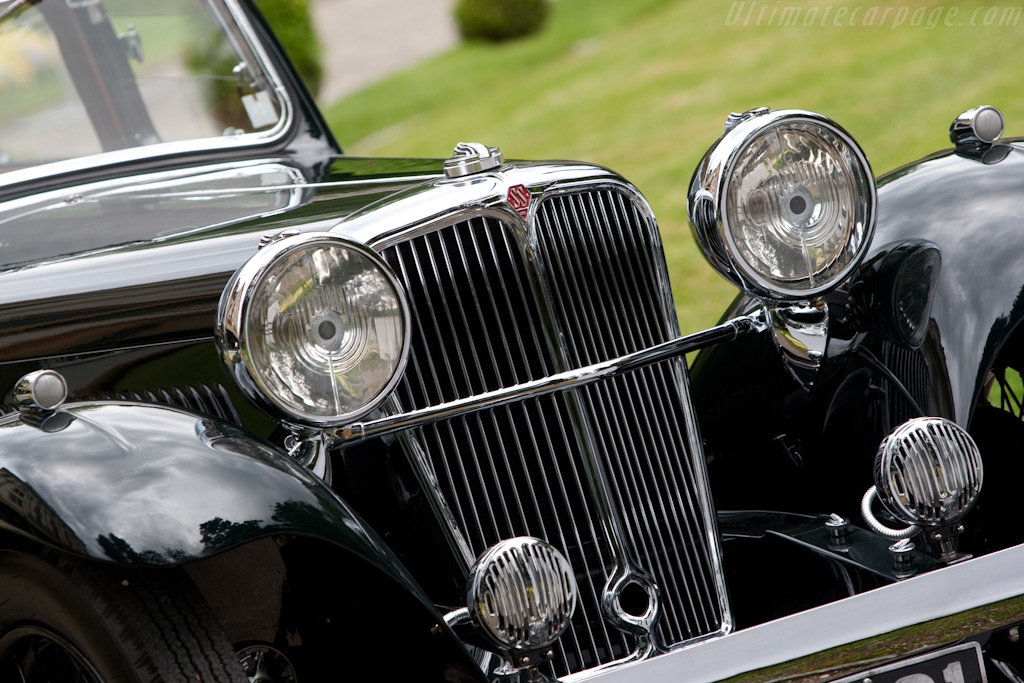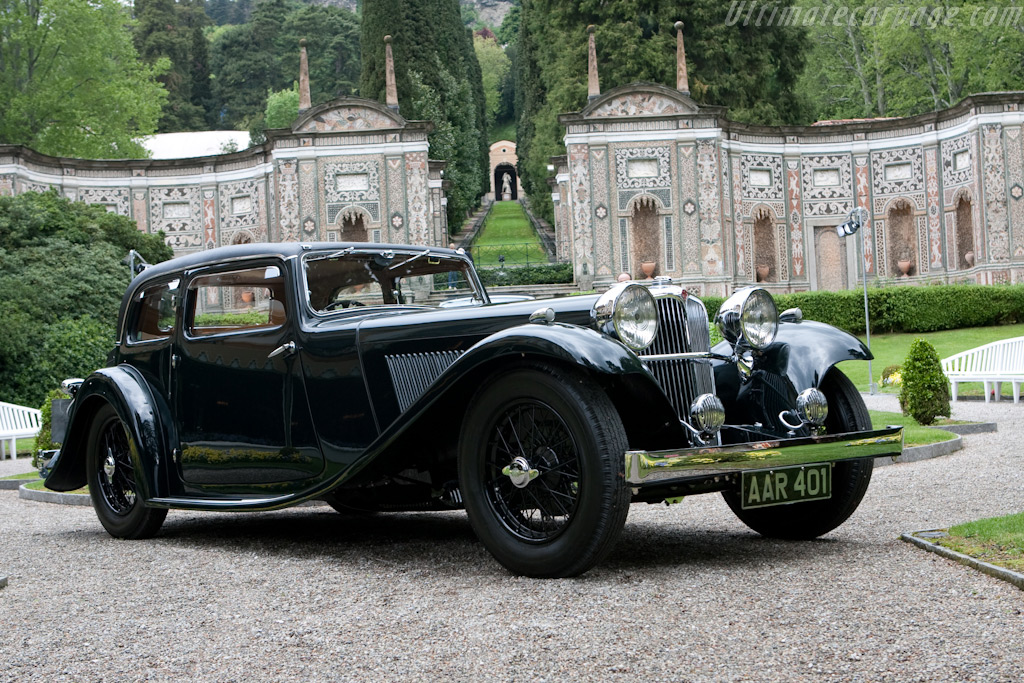

Over two decades did the Brits have to wait for another triumph at Le Mans. They got their comeback with the appearance of the new Jaguar. Their first post-war sports car was designed by the old Bentley Boy – Walter Hassan. He led a successful campaign behind the wheel of the lightweight alloy body XK120 model. It was a promising car, yes – but if you want to start racing Le Mans, you better be real deal. That is why the XK120 got its competition variant.



The Jaguar C-Type was unveiled – or the XK120 C, if you will – running tests before ’51 Le Mans. It was a proper war machine. Powered by the same old, road-legal XK120 6-cylinder engine, but the car was built around a much lighter, far superior tubular frame. The powertrain was brutal, and with 3 Weber carburetors it could give 220 bhp. Ok, two examples never completed the race, but the final car not only raced full 24 hours, but it outclassed its rivals quite spectacularly. Ahhhh… good old times.



1952 Le Mans was raced on C-Type in test configuration – the Long Tail with improved drag coefficient. It did suffer from dramatic overheating, and retired in early phase of the race. That is why Jag had to rely on proven solutions. The new bodies were more conventional, but the cars were not left without any weapon. Each was equipped with disc brakes – and it was a real game-changer. The very reason there was no equal to a C-Type then. They came up on top, of course they did. Succeeded, while also completing works on a next racer to keep them in the lead.



Spring 1954 – the running examples are ready. There was a debate on how to call them: C-Type Mk II? D-Type? The latter stayed and by this name we know the first Jaguar car with a monocoque chassis, with subframes first welded in, but later they were connected using screws, so that they could be taken off and put back in at wish. They of course had the disc brakes system such as the C-Types. It was obvious – no discussion there.



XK120 engine required a set of mods to save space in front of the platform. Sump was shortened by half and Jaguar used dry sump in those cars. The motor was tilted 8 degrees – that’s why the hump on the hood was off-center. All in all, it was almost identical to C-Type – mechanically. The valves were increased. That’s actually why it needed most of that space under the hood. The engine architecture actually made it easier as – curious – it was the first Jaguar with the asymmetric 35/40 heads, where the intake valves are set at 35 degree angle, and the exhaust valves at 40 degrees.



Jaguar managed to save a lot of space – which allowed narrower front – which in turn allowed higher speeds at the Mulsanne straight. The significant fin behind the driver’s head – gave more stability at speed. Race examples for ’55 season were also equipped with elongated hoods, so they were reaching even higher top speeds. Jag strategy was: full attack at Le Mans – nothing else mattered. D-Types were best at being fast but quite useless at slower, twisty tracks. They had no downforce – a pronounced weakness.



Three cars entered ’54 edition of the race, and even though they had a good pace, they were no match for Gonzales/Trintignant in the – almost 5-litre – Ferrari. Another approach the year after and the Long Nose claimed third victory for the brand. After a ruthless race against the technologically superior SLRs – well… all Mercedes run away after one of their cars – in pieces – flew into the crowd on the stands. 200 victims – 80 people killed. Those Germans, right? Right? The race was continued…



At the point when Mercedes was to get back to the pits – Mike Hawthorn’s Jag was trying to close the gap to Moss and Fangio in the leading SLR two laps ahead. The Mercedes retired and Jaguar was left with no true rival. Ferraris stayed in play, but their cars were having some mechanical problems and – ones that managed not to crash – they could never keep the pace. In such circumstances did the British secure their third trophy. In the next two editions of the race, Jaguar D-Type will defend the title in team Ecurie Ecosse colors, as Jaguar closes their racing program in 1957 after their cars crash in the early stage.



The racing changes in 1958, when the new rules are introduced and the engine displacement gets limited to 3 litres. That meant the end for the D-Type. Jaguar did have some 3.0 for the XK, but that was no racer. Long story short: 20 Short Nose D-Types are sold to private buyers and actually raced – and actually: to success! Both in Europe as well as overseas. Some chassis were laying around in Jag garages, so they constructed road examples – the XKss in the number of 16 cars total (with some additional fairly recently), but they could build no more as their factory was taken by flames. In the end: they did achieve triple win at Le Mans with this model, and this model solidified their name on top of racing. In fact – with this achievement – it is one of the most successful race cars of all time, and both: racing D-Type or road XKss – are the most looked for Jaguar cars in existence. One was auctioned not too long ago – reached the price of 13.5M American presidents.



Krzysztof Wilk
All sources: favcars.com | wheelsage.org | ultimatecarpage.com | broadarrowauctions.com | rmsothebys.com | bonhams.com




















